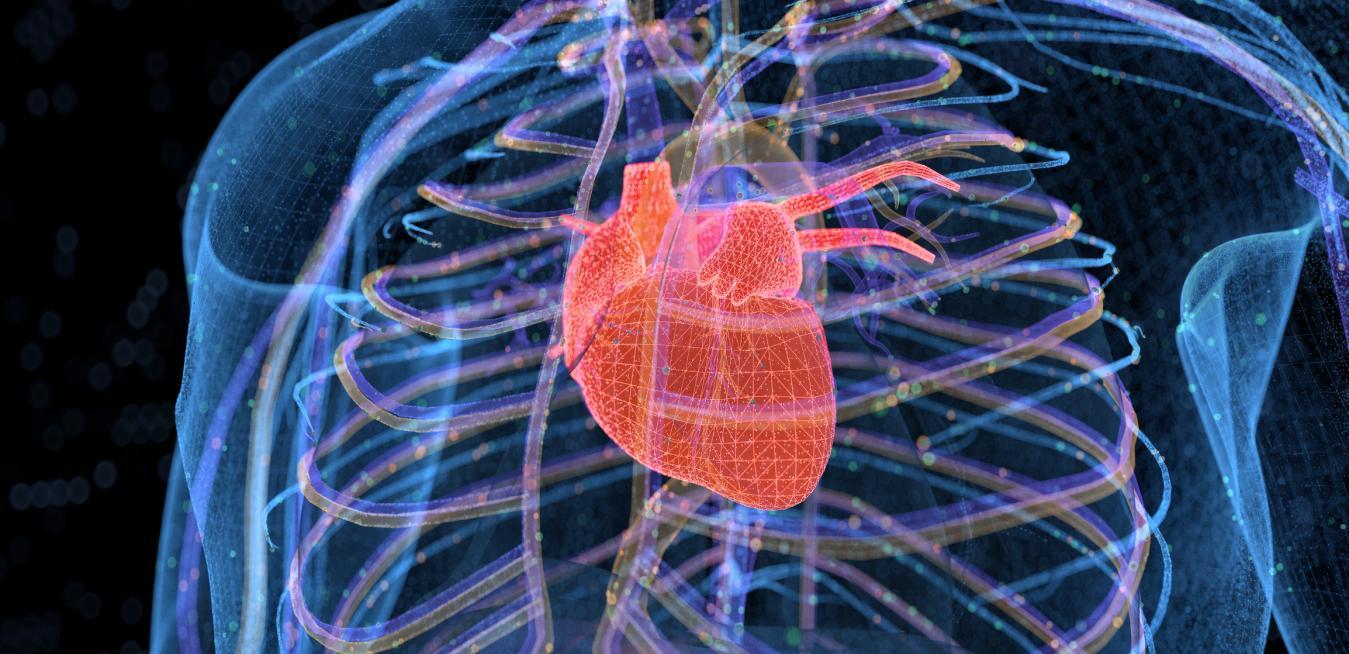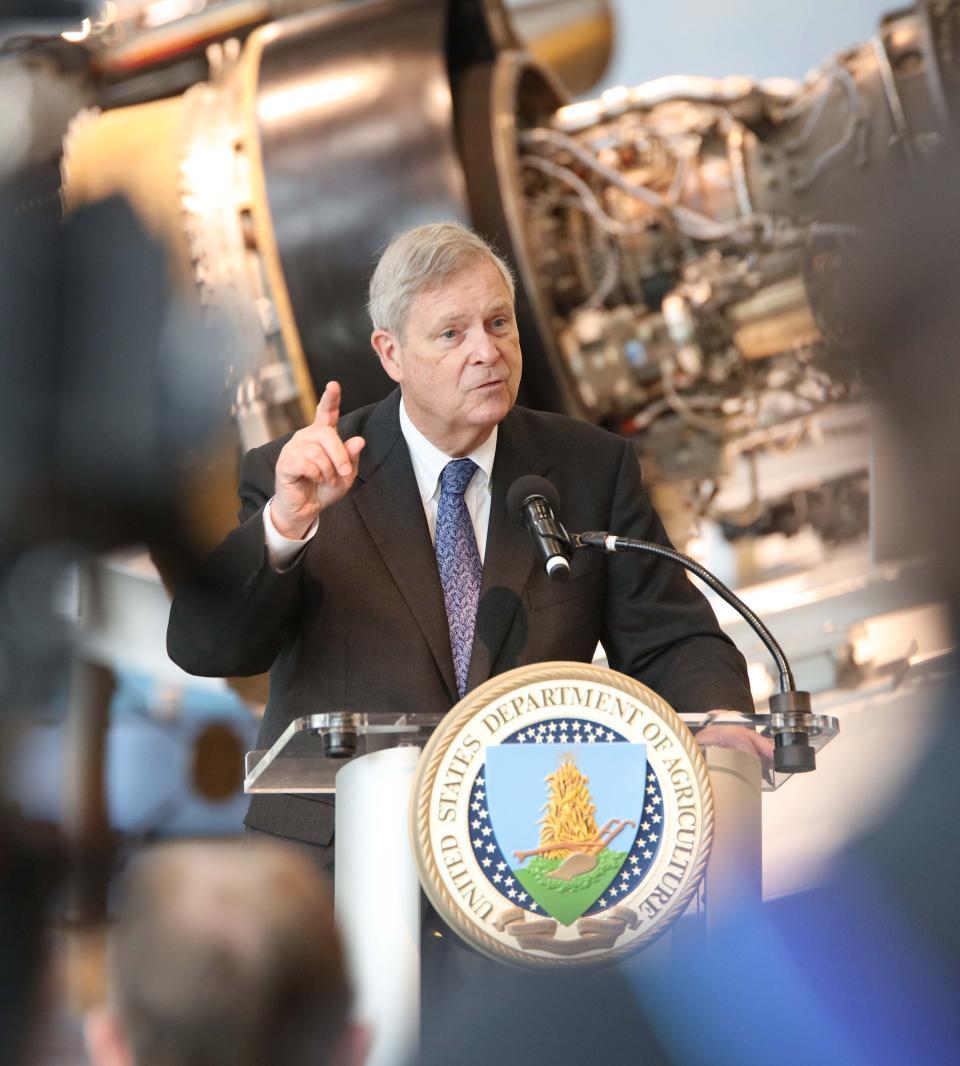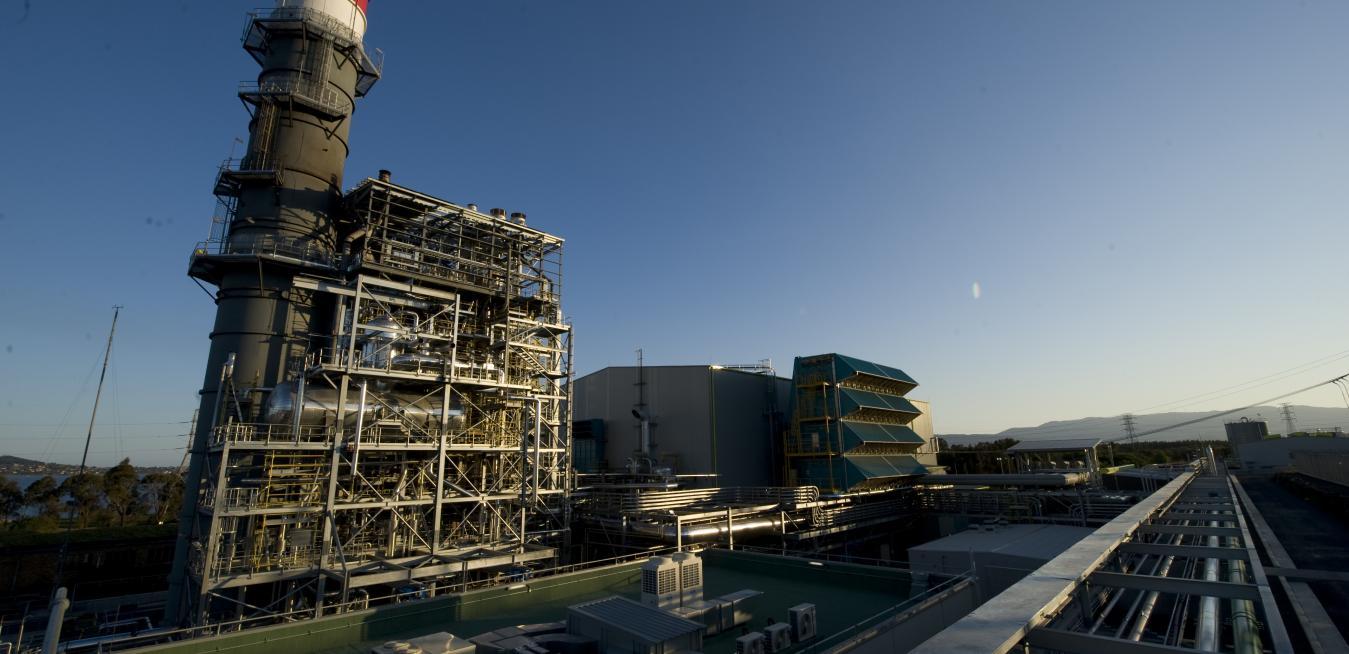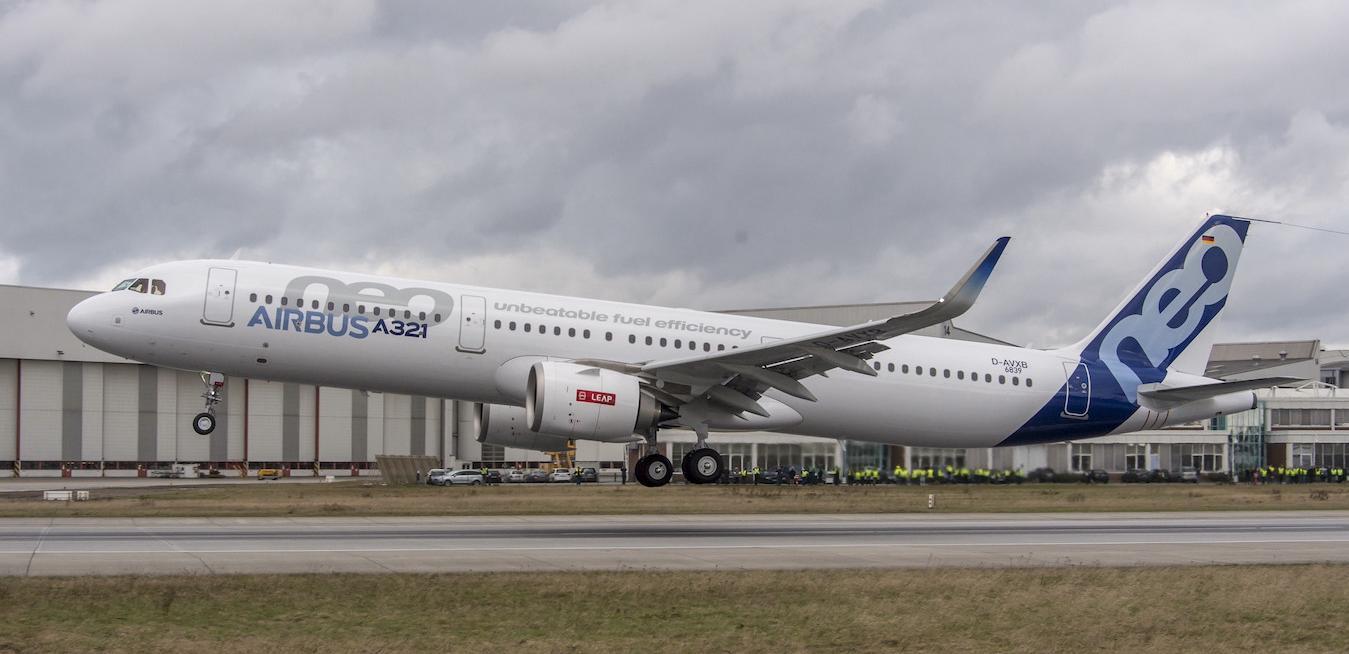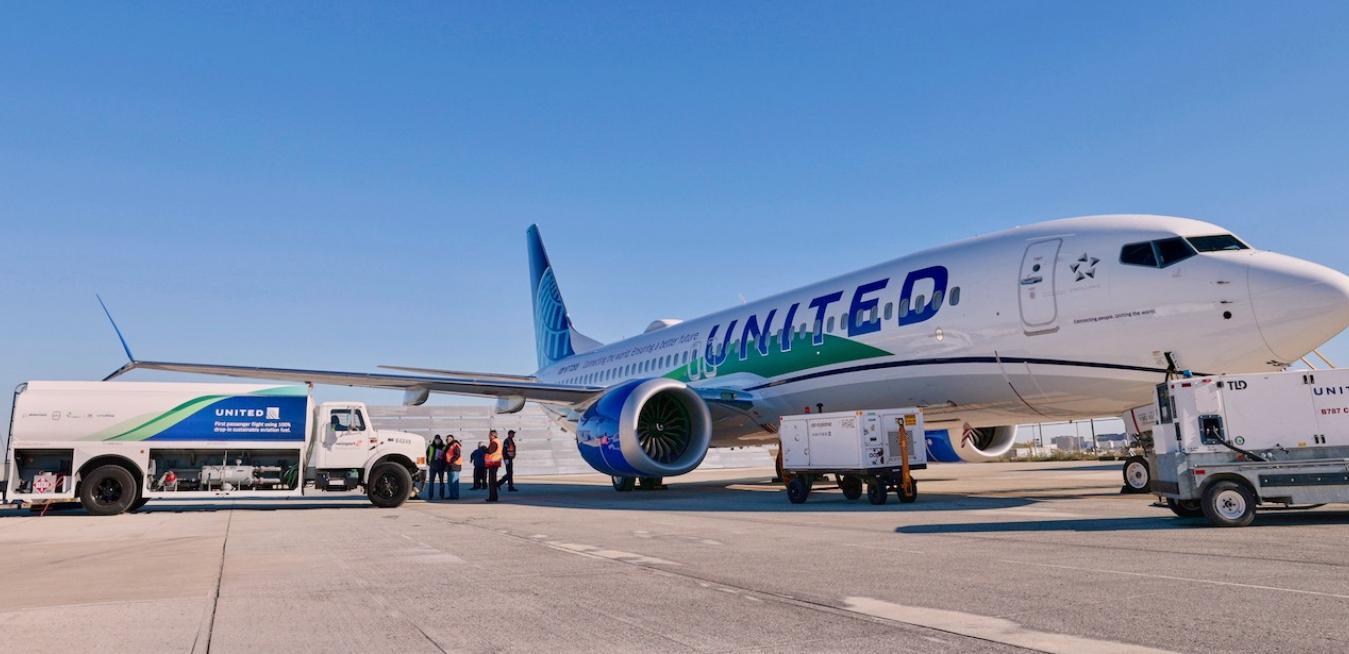News and insights from Vietnam
2022 begins with breakthrough technologies in the healthcare sector, towards a sustainable future. Here’s a list of 5 from January that stood out:
Increasing global investment in decarbonization technology, focusing on Sustainable Aviation Fuel (SAF), more modernized and resilient grid… are the top trends of the energy industry in the coming years. According to the forecast of General Electric (GE), all these trends are towards the goal of sustainable development.
2021 was a historic year at GE, capped by the announcement this fall that GE will go forward as three separate, industry-leading companies focusing on healthcare, energy and aviation. “We have a responsibility to move with speed to shape the future of flight, advance precision health and lead the energy transition,” said Larry Culp, GE’s chairman and CEO.
It has been another torrid year for the world’s healthcare workers. COVID-19 has only compounded the emotional, physical and mental strain on a workforce that was already reporting burnout before the pandemic.
Green fuel could help the aviation industry reduce carbon emissions by up to 80% over the entire fuel life, a compound that could stop the spread of breast, prostate and other cancers more… is one of the tech highlights this month. With the aim towards sustainable development, these technologies show that the future is not far away and is within our grasp.
After leading Secretary Tom Vilsack on a tour of the engine development assembly facility at GE Aviation’s headquarters in Evendale, Ohio, in early December, chief engineer Chris Lorence posed a rhetorical question to the reporters assembled for a news conference: “What does the Department of Agriculture have to do with aviation?”
A lot, it turns out.
Nearly 41 percent of global carbon dioxide emissions today are due to the energy sector. As 1 billion people around the world still lack access to reliable energy, demand for electricity is expected to continue to grow, including here in the Asia Pacific region, where population and rapid urbanization is feeding energy hunger.
It was just a few months before the end of World War II when President Franklin D. Roosevelt met with Saudi Arabia’s King Abdul Aziz in the Suez Canal and gave him a single Douglas DC-3 plane that soon started flying on domestic routes connecting Riyadh, Jeddah and Dhahran. The plane became the first aircraft operated by Saudia, the kingdom’s first airline.
From the outside, there’s nothing unusual about the Boeing 737 MAX 8 jet operated by United Airlines that flew from Chicago’s O’Hare to Washington’s Reagan National Airport with 115 people on board yesterday. But the plane made history. It was the first commercial flight with passengers on board to use 100% drop-in sustainable aviation fuel (SAF) for one of the aircraft’s two engines.
A brain implant that could help restore sight, a knife three times sharper than a steel table knife and GE boosts servicing of industry-leading HA gas turbines. This week’s coolest things are visions to behold.

